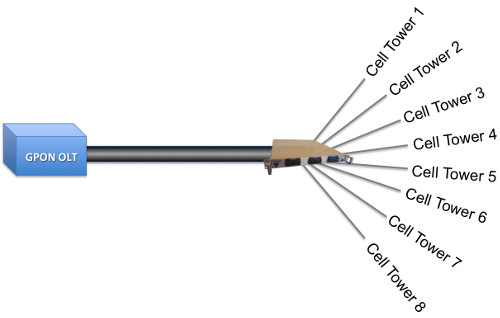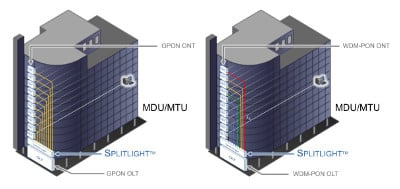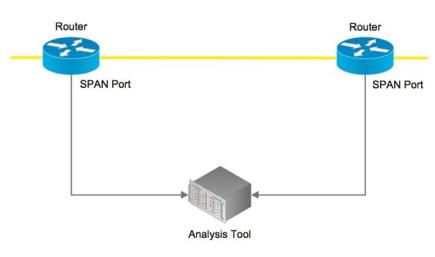While many enterprises are considering the move to a 40/100G ethernet infrastructure, often they overlook the impact of remaining with a multimode fiber infrastructure. While there is little difference in the infrastructure requirements of 10G ethernet for single-mode fiber and multimode fiber infrastructures, there is an exponential difference in 40/100G ethernet infrastructures. Many people tout the economics of MMF vs SMF lasers as the key reason for remaining with their MMF infrastructure; however, the savings achieved there will likely be erased by the increased cost of the passive optical infrastructure.









